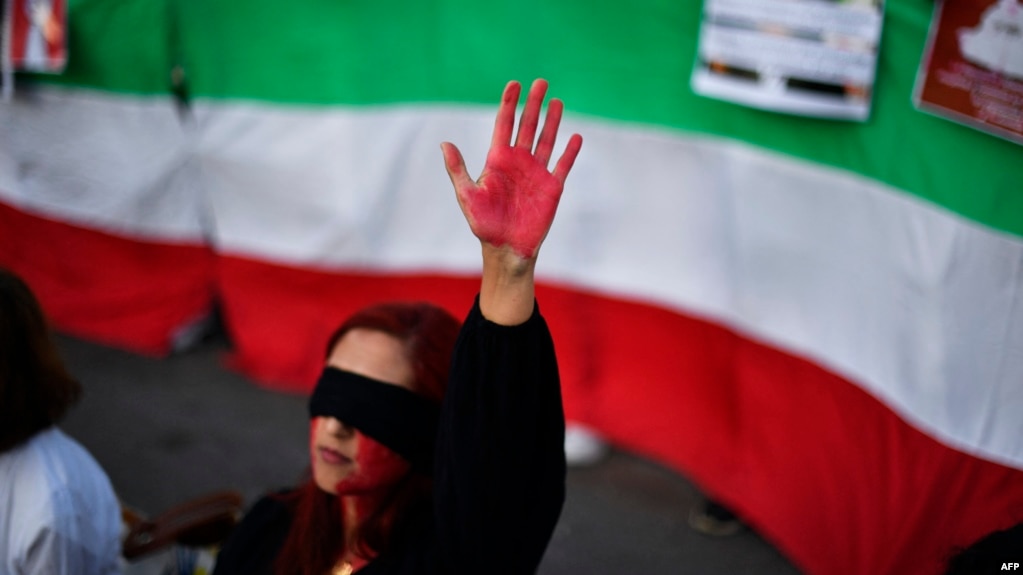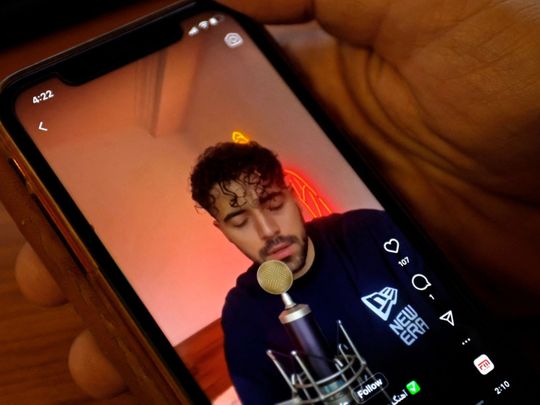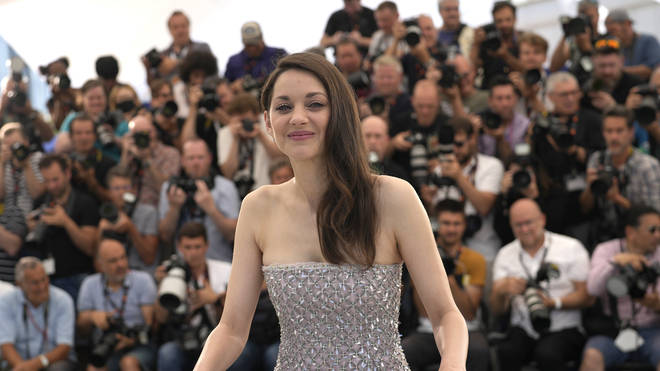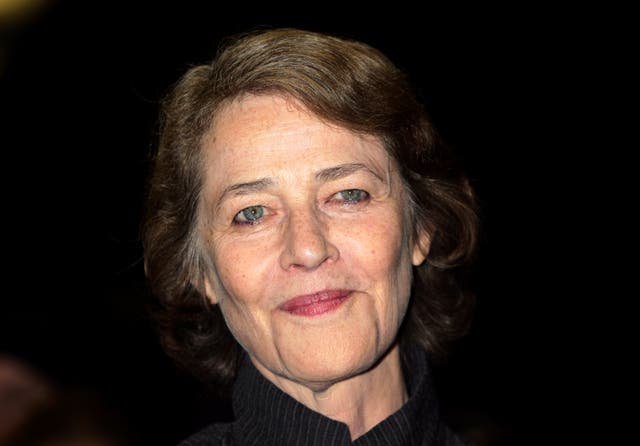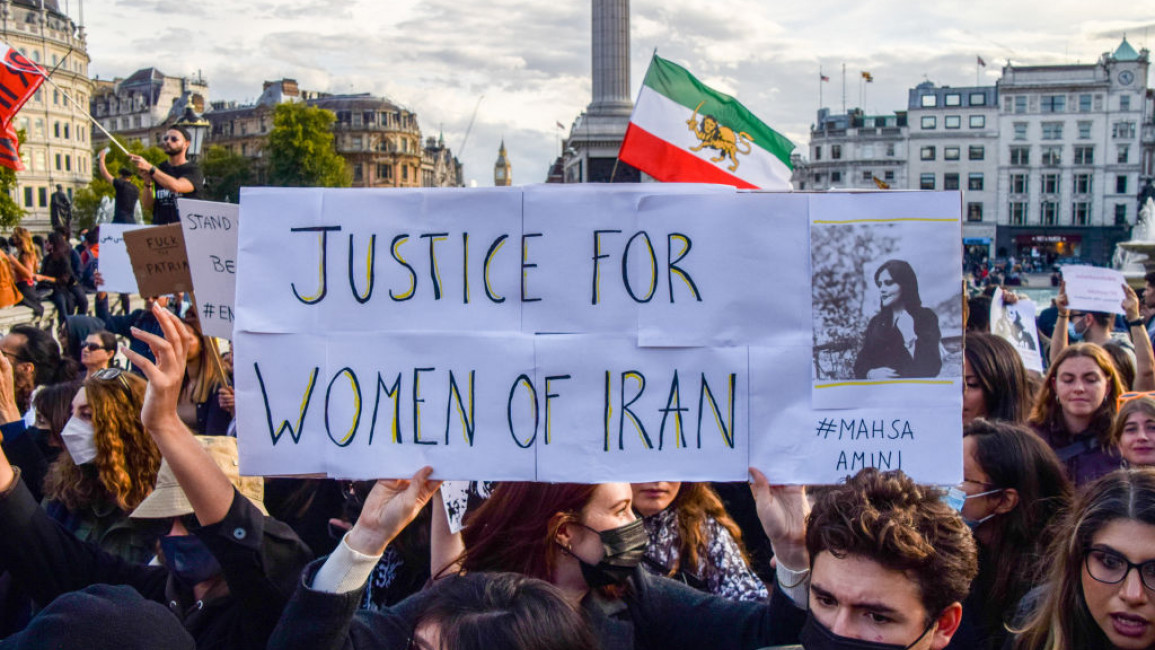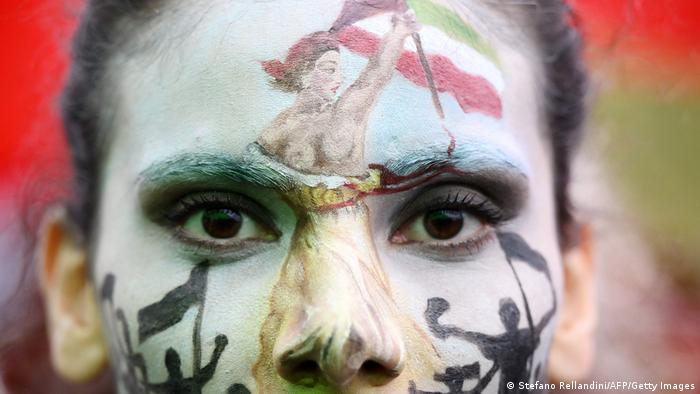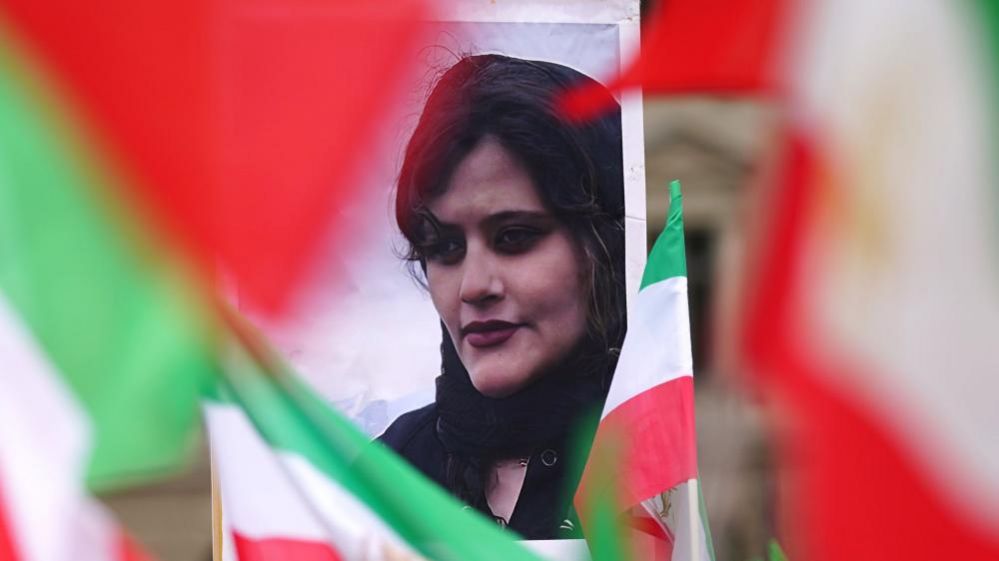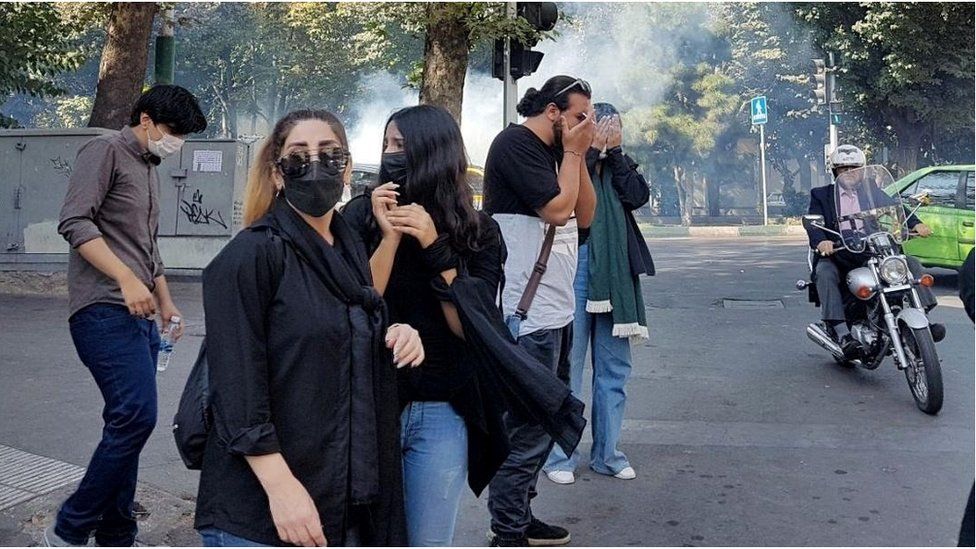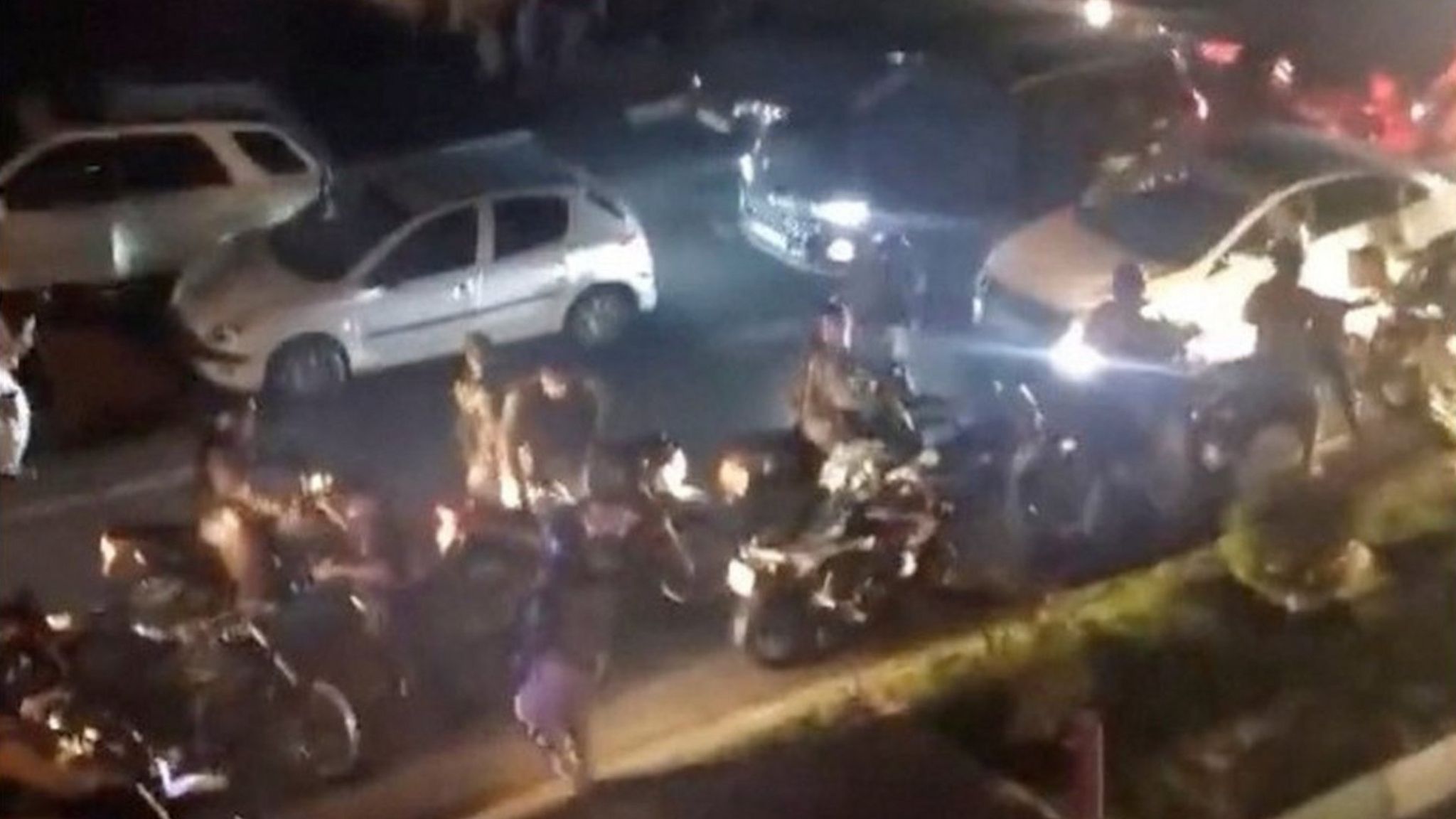The union is also inviting members of the public to co-sign a letter to Prime Minister Liz Truss, calling for the government to "see sense" and "protect nursing".
Thursday 6 October 2022

Nurses are set to start casting their votes on whether to strike over pay in the first ever UK-wide ballot by the industry's largest union.
For the first time in its 106-year history, the Royal College of Nursing (RCN) will ask 300,000 of its members if they want to mount a campaign of industrial action.
It comes amid warnings that record numbers of nurses are leaving the profession.
The RCN said new analysis by London Economics has found that pay for nurses has declined at twice the rate of the private sector in the last decade, with their real-terms earnings falling by 6%.
The union wants nurses to be given a pay rise in line with the rate of inflation, which is currently 10.1%.
In July, the government awarded most NHS staff a pay rise of at least 4.5%, which it said gave many workers a £1,400 salary increase.
The RCN has been urging its members to vote in favour of industrial action, with the union's general secretary saying it is a "once-in-a-generation chance" to improve pay and combat staff shortages.
"Governments have repeatedly neglected the NHS and the value of nursing. We can change this if together we say 'enough is enough'," said RCN Chief Executive Pat Cullen in a message to members.
"Record numbers are feeling no alternative but to quit, and patients pay a heavy price. We are doing this for them too.
"It's clear we need urgent change. Nursing is the best job in the world. Protect it with your vote."
Sophy Ridge chats to NHS staff nurse Mark Anthony about what it's like to work in the NHS at the moment.
Public urged to co-sign letter to PM
Members of the public are also invited to get involved in the union's demands by co-signing a letter to Prime Minister Liz Truss.
The letter asks the government to "see sense" and "protect nursing to protect the public".
Read more:
What does the NHS need before winter?
'NHS broken beyond repair'
Medical students cutting back on food and heating
Polling carried out by YouGov has suggested two-thirds of the public would support nurses taking strike action, while three-quarters of respondents said there were too few nurses to provide safe NHS care.
The vote comes amid months of strike action from across several sectors, including rail staff, postal workers and refuse employees.
